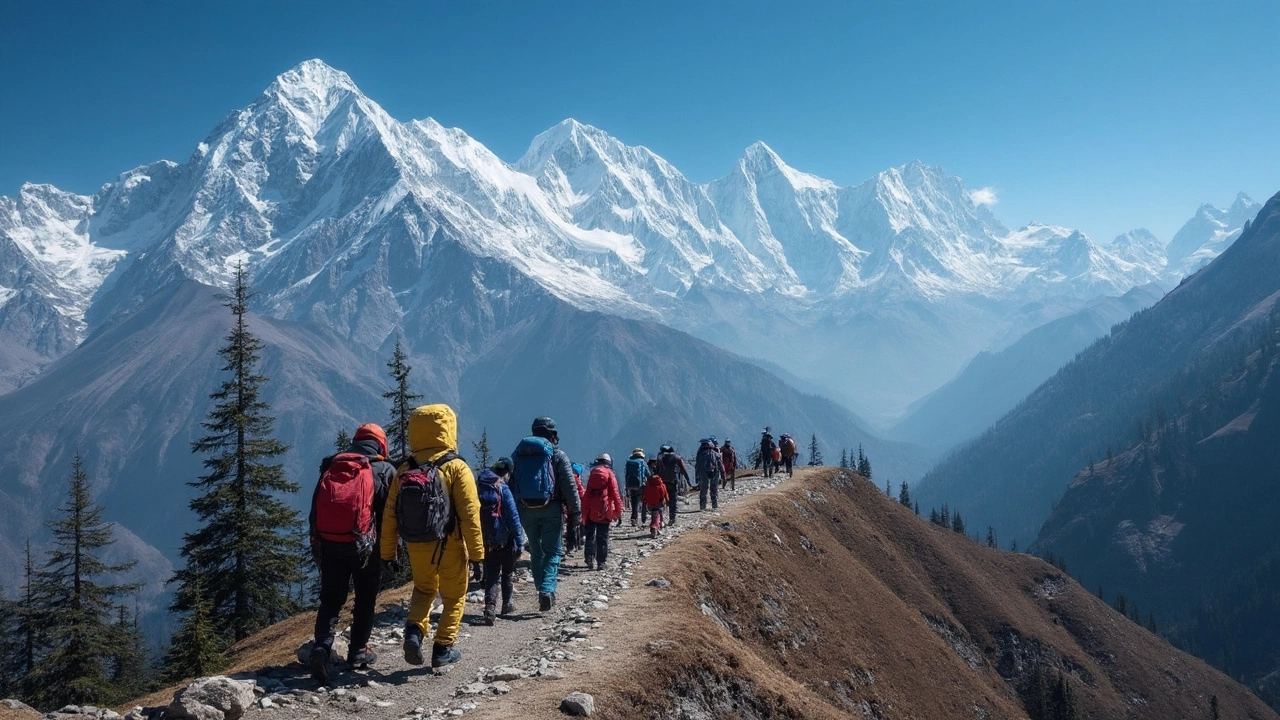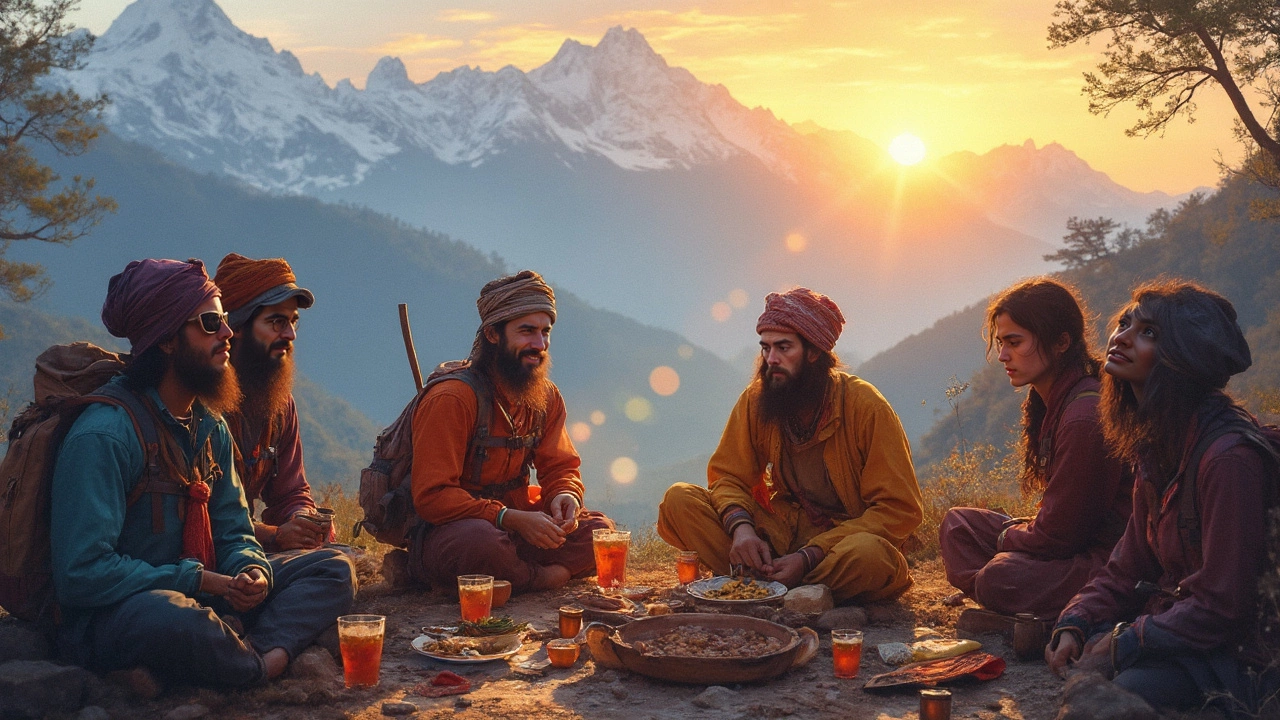SEARCH
Best Hiking Spots in India – Trails, Tips, and Must‑Visit Peaks
If you love fresh air, wild views, and a bit of sweat, India has a trail for you. From snowy Himalayan passes to green Western Ghats ridges, the country packs a huge variety of hikes in less than 3,000 km. Below you’ll find the most popular spots, quick gear advice, and simple safety tips so you can start planning your next trek right away.
Top Trails Across the Country
Triund, Himachal Pradesh – Just a 4‑hour drive from Dharamshala, this moderate trek ends on a grassy plateau with a 360° view of the Dhauladhar range. The path is well‑marked, you can stay in simple camps or guesthouses, and you’ll be back to the road in two days.
Hampta Pass, Himachal Pradesh – A classic 5‑day trek that takes you from lush valleys to the stark desert of Spiti. The trail is a mix of easy forest walks and tougher mountain sections, perfect for those who want a taste of high altitude without a technical climb.
Valley of Flowers, Uttarakhand – Open only from June to September, this UNESCO site blooms with colourful wildflowers. The trek is moderate, and you can combine it with nearby Hemkund Sahib for a spiritual twist.
Rajmachi Fort, Maharashtra – Near Lonavala, this short weekend hike offers ancient fort ruins, dense monsoon forests, and a view of the Sahyadri range. It’s a great starter trek for city dwellers from Mumbai or Pune.
Kudremukh, Karnataka – Located in the Western Ghats, this trek goes through misty sholas, coffee plantations, and a summit at 1,894 m. The trail can be done in 3‑4 days and is ideal for those who love biodiversity.
Chembra Peak, Kerala – Famous for its heart‑shaped lake, this 2,100 m peak offers a relatively easy climb with a rewarding view of the Wayanad hills. The trek is suitable for beginners who want a taste of the South’s mountains.
Dzongri, Sikkim – A 4‑day trek that crosses high‑altitude rhododendron forest and opens up to the majestic Kanchenjunga range. The trail is gradual, but you’ll need to acclimatize properly.
Saddle Peak, Andaman Islands – The highest point in the Andamans at 732 m, this trek combines jungle trekking with coastal scenery. It’s a unique option if you want a beach‑to‑mountain experience.
Gear and Safety Basics
Before you hit the trail, pack smart. The 3‑layer rule works everywhere: a moisture‑wicking base, an insulating mid‑layer, and a waterproof shell. This combo lets you add or remove layers as the weather changes.
Carry a sturdy pair of trekking shoes with good ankle support, a 2‑liter water bottle or hydration pack, and a lightweight sleeping bag if you plan to camp. A headlamp, basic first‑aid kit, and a power bank keep you safe and connected.
Altitude can surprise you, especially on Himalayan routes. Ascend slowly, drink plenty of water, and take an extra rest day if you feel dizzy. Most popular treks require permits—check the local forest department website or ask your guide to handle the paperwork.
Finally, respect the environment. Pack out all trash, stay on marked paths, and avoid picking plants. Keeping the trails clean ensures future hikers get the same beautiful experience.
India’s hiking spots cater to every skill level, from easy weekend walks to challenging high‑altitude crossings. Pick a trail that matches your fitness, gather the right gear, and you’ll be rewarded with unforgettable landscapes and a sense of achievement that only a good trek can give.

Best Trekking Destination in India: An Epic Guide
India is a trekker's paradise. It's got everything from snowy Himalayan trails to lush jungles. Explore amazing trekking routes and landscapes. Get tips and tricks for the best trekking experience. Discover why India is a must-visit for trekkers.
Continue reading
Best Trekking Spots in India You Can’t Miss
India's diverse landscapes offer countless trekking opportunities, from the majestic Himalayas to lush Western Ghats. This article highlights top trekking destinations, providing useful details like best seasons and essential tips. Whether you're an amateur hiker or seasoned trekker, explore trails that promise adventure and breathtaking views. Discover India’s unique blend of natural beauty and cultural experiences through these remarkable treks.
Continue reading